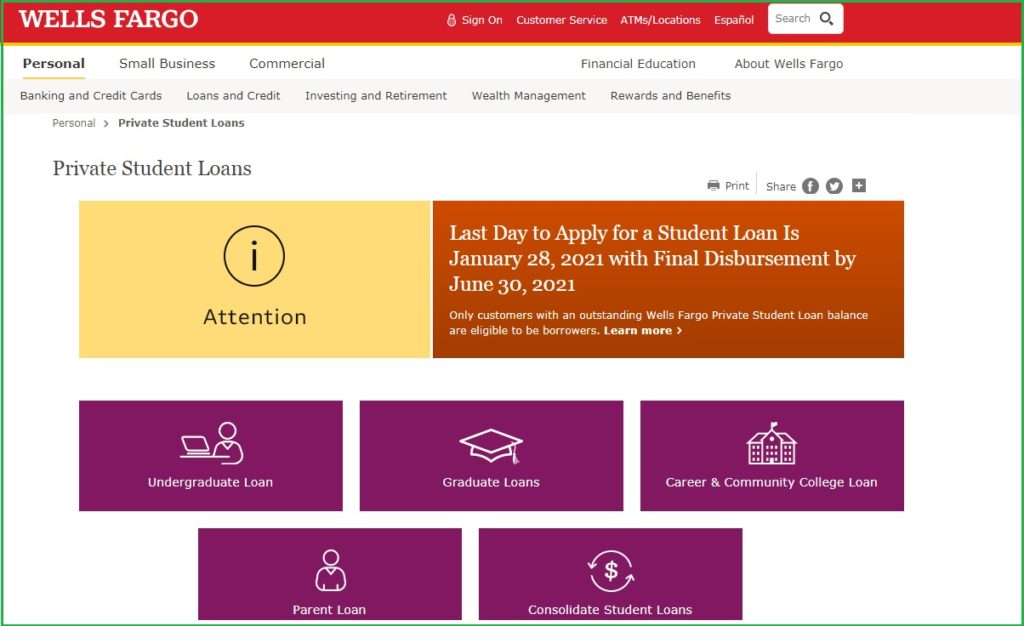The goal of MIP (Home loan Insurance premium) should be to promote even more safety into bank in case there are standard to the loan. MIP is an annual fee on the a great HUD financial, paid off in the closure and a-year. To own HUD 223(f) money, MIP are twenty five foundation issues for qualities having fun with an eco-friendly MIP Protection, 65 foundation facts to own sector price functions, 45 foundation situations getting Area 8 or the money LIHTC functions, and 70 basis issues to have Section 220 urban restoration projects you to aren’t Section 8 or LIHTC. To possess HUD 232 loans, MIP are 1% of the amount borrowed (owed at closing) and you may 0.65% annually (escrowed month-to-month).
MIP (Financial Top) can cost you are different according to loan system. Toward HUD 223(a)(7) loan system, MIP costs are 0.50% initial and you may 0.50% annually to own sector speed features, 0.35% initial and you will 0.35% per year getting sensible features, and you can 0.25% upfront and you may 0.25% per year to own Green MIP functions. To your HUD 221(d)(4) loan system, MIP costs are 0.65% initial and you may 0.65% annually to possess markets rate functions, 0.45% upfront and you can 0.45% per year getting reasonable features, 0.70% upfront and you may 0.70% a-year getting Section 220 features, and you will 0.25% upfront and you can 0.25% annually to have Environmentally friendly $255 payday loans online same day Virginia MIP characteristics. Towards HUD 223(f) loan system, MIP prices are twenty-five basis products for properties playing with a green MIP Protection, 65 basis items to possess sector rate services, forty five foundation situations to own Section 8 or the fresh currency LIHTC properties, and 70 foundation facts for Section 220 metropolitan restoration systems you to commonly Section 8 otherwise LIHTC. For more information, please see just what is MIP (Home loan Top) and you can MIP (Home loan Cost) additionally the HUD 223(f) Loan Program.
What are the benefits of MIP (Home loan Cost)?

MIP (Financial Premium) is a vital planning when considering HUD money. It is a type of insurance coverage that covers the financial institution from losings one to occur whenever a debtor non-payments. Whenever you are initial and you may yearly MIPs are will cost you you must look at when exploring the loan options, there are ways to eradicate all of them – plus in the place of a reduction, HUD money will always be generally way less pricey than many other designs away from multifamily financial obligation, even Fannie mae and you will Freddie Mac computer loans.
- Defense towards lender out-of losses one exist whenever a debtor non-payments
- Faster prices for HUD loans versus other types of multifamily personal debt
- The ability to beat MIPs through the Environmentally friendly MIP Avoidance program
How much time does MIP (Mortgage Cost) history?
MIP (Home loan Advanced) can last for living of your own mortgage, that’s place at a fixed price. Yet not, since the a borrower pays off the primary harmony of its mortgage, the degree of MIP they truly are necessary to pay declines also. This post is predicated on HUD 221(d)(4) Funds.
Exactly what are the differences when considering MIP (Home loan Cost) and you will PMI (Private Financial Insurance rates)?

MIP (Home loan Advanced) and you can PMI (Private Home loan Insurance) try one another type of home loan insurance one to cover loan providers on experience off a borrower defaulting to their loan. MIP is usually you’ll need for financing supported by the fresh new Government Casing Government (FHA), when you’re PMI is usually needed for money perhaps not backed by this new FHA.
MIP is bought by the debtor which can be generally speaking a beneficial one-time percentage at the closing. PMI is also covered because of the borrower, it is generally an ongoing payment that is as part of the monthly mortgage repayment.
MIP is generally less than PMI, nevertheless the cost of MIP can differ with respect to the type from mortgage together with amount borrowed. PMI is generally a predetermined percentage of the loan amount.



